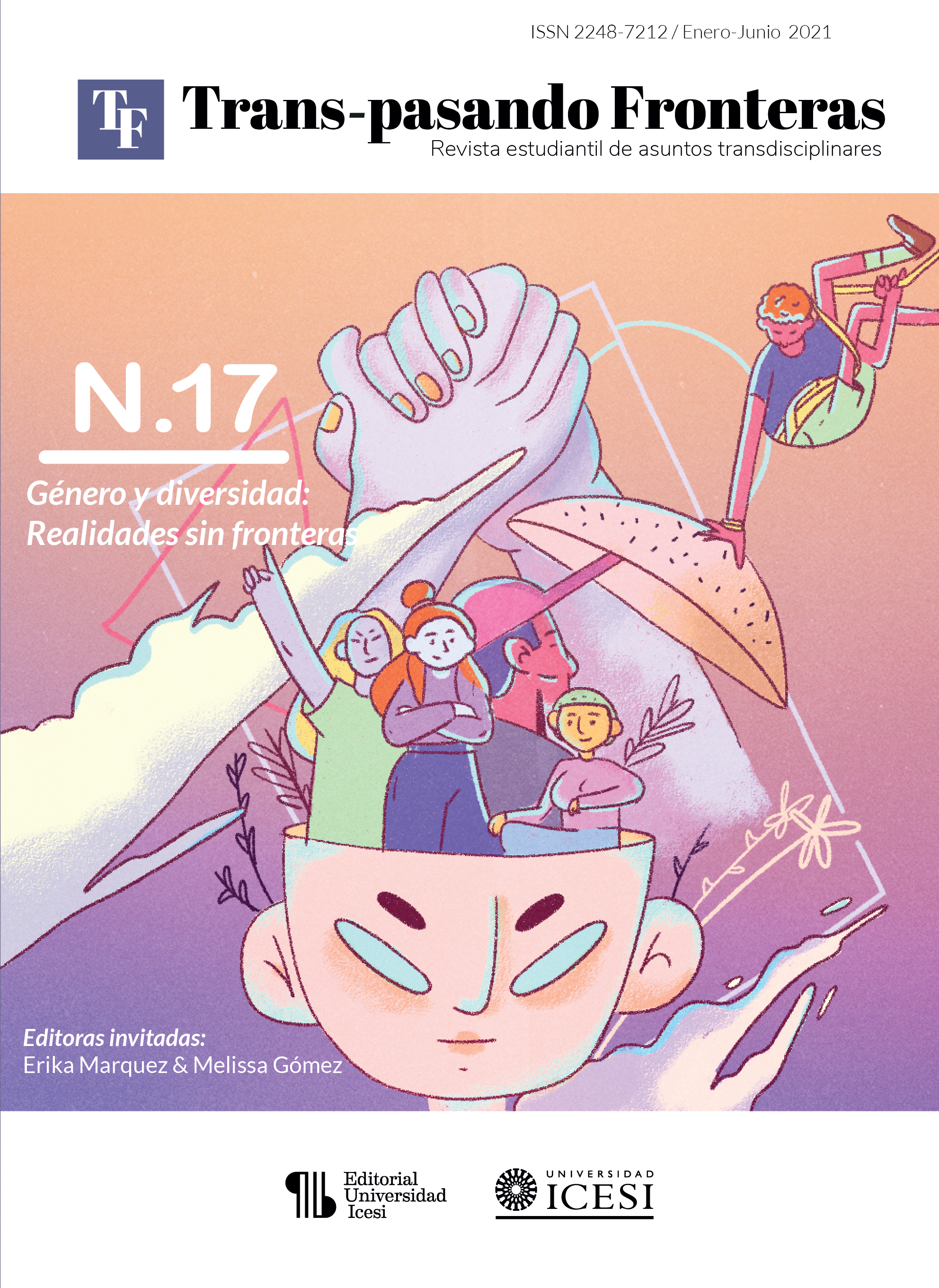Digital divide and virtual education: understanding social exclusion through an analysis of public schools in Cali, Colombia
DOI:
https://doi.org/10.18046/retf.i17.4620Keywords:
COVID-19, social exclusion, digital divide, public education, virtual educationAbstract
The COVID-19 pandemic has affected countless spheres of urban society on global levels, mainly the lives of those who have been is a historical disadvantage even before the virus arrived.Cali's public elementary school system has not been the exception, being this the reason why this project studies how the pandemic has an impact over the exclusion processes that already existed before the pandemic and how, at the same time, has potentialized new forms of this phenomenon due to the virtual system in which classes are being reached with the purpose of guaranteeing the social distancing. In this manner, exclusion in relation to the concept of digital gap is reviewed, that at the same time can be understood not only from the lack of access and infrastructure but also in terms of digital literacy and capability of tools usage. Finally, a critique is made of the concept of digital gap, that even though is pertinent in a way to acknowledge exclusion, it must be understood as the result of a series of estructural processes that goes beyond pure technology.
Downloads
References
Alcaldía de Cali. (2020). Informe Estudio de Insuficiencia y Limitaciones - 2021.
Castro, A. (2019). El presupuesto de Cali quedó aforado para el 2019 en 3,5 billones de pesos. Alcaldía Santiago de Cali.
Concejo de Cali. (2020). Cali avanza en educación virtual, concejales analizaron estrategias. (2020). Concejo Santiago de Cali.
El País Cali. (2020). Cali tiene menos personas en condición de pobreza: Dane. https://www.elpais.com.co/economia/cali-tiene-menos-personas-en-condicion-de-pobreza-dane.html.
El País Cali. (2020). Colegios deben limitar asistencia al 25 % de su capacidad durante piloto de clases presenciales. https://www.elpais.com.co/cali/colegios-deben-limitar-asistencia-al-25-de-su-capacidad-durante-piloto-de-clases-presenciales.html
El País Cali. (2020). Los retos de la educación virtual en Cali por la pandemia. https://www.elpais.com.co/educacion/los-retos-de-la-virtual-en-cali-por-la-pandemia.html
El Tiempo. (2020). La educación virtual en Colombia, entre retos, ventajas y desventajas. https://www.eltiempo.com/vida/educacion/como-esta-la-educacion-virtual-en-colombia-530024
Entérate Cali. (2020). En Cali están preocupados por cifras de deserción escolar de estudiantes – Entérate Cali. En Cali están preocupados por cifras de deserción escolar de estudiantes. https://www.enteratecali.net/2020/10/en-cali-estan-preocupados-por-cifras-de-desercion-escolar-de-estudiantes/#.X7XzUVMzZQJ
Gente, U. D. C. M. M. (2020). El 50% de la población escolar de Cali no tiene acceso a la educación virtual. Magazin Mi Gente. https://magazinmigente.com/el-50-de-la-poblacion-escolar-de-cali-no-tiene-acceso-al-programa-de-educacion-virtual/
Ministerio de Salud y Protección Social. (2020). Colombia entra en una nueva fase de aislamiento. Recuperado de: https://www.minsalud.gov.co/Paginas/Colombia-entra-en-una-nueva-fase-de-aislamiento.aspx
Noticias Caracol (2020). Preocupantes cifras de deserción escolar en Cali. Noticias Caracol. https://noticias.caracoltv.com/valle/preocupantes-cifras-de-desercion-escolar-en-cali
Orozco, J. (2020). “Los retos de la educación virtual en Cali por la pandemia”. El País Cali.
Prensky, M. (2010). Nativos e inmigrantes digitales: Adaptación al castellano del texto original “Digital Natives, Digital Immigrants”. Cuadernos SEK 2.0-Madrid. España: Institución Educativa SEK Distribuidora SEK, S.A.
Ragnedda, M., & Gladkova, A. (2020). Digital Inequalities in the Global South. doi:10.1007/978-3-030-32706-4
Ragnedda, M. (2020). Enhancing Digital Equity. Connecting the Digital Underclass.
Robinson, L., Schulz, J., Khilnani, A., Hiroshi, O., Cotten, S., McClain, N., Levine, L., Chen, W., Huang, G., Casilli, A., Tubaro, P., Dodel, M., Quan-Haase, A., Ruiu, M., Ragnedda, M., Aikat, D., & Tolentino, N. (2020). Digital inequalities in time of pandemic: COVID-19 exposure risk profiles and new forms of vulnerability.
Sen, A. (2000). Social Exclusion: Concept, Application and Scrutiny. Asian Development Bank.
Silver, H. (1994) “Social exclusion and social solidarity: three paradigms” International Labor Review Vol. 133
Tamayo, M., Fernandez, N., & Villegas, L.
Toyama, K. (2015). Geek Heresy: Rescuing Social Change from the Cult of Technology.
Wilson, J. (1987). “Social Change and Social Dislocations in the Inner City” del libro Truly Disadvantaged, Pgs: 20-62.
Downloads
Published
Issue
Section
License
Trans-pasando Fronteras provides immediate open access to its content on the principle that making research freely available to the public supports a greater global exchange of knowledge.
© Authors hold copyright and publishing rights without restrictions but in accordance with the CC license.
All the material in this publication can be reproduced as long as reference is made to title, author and institutional source.







